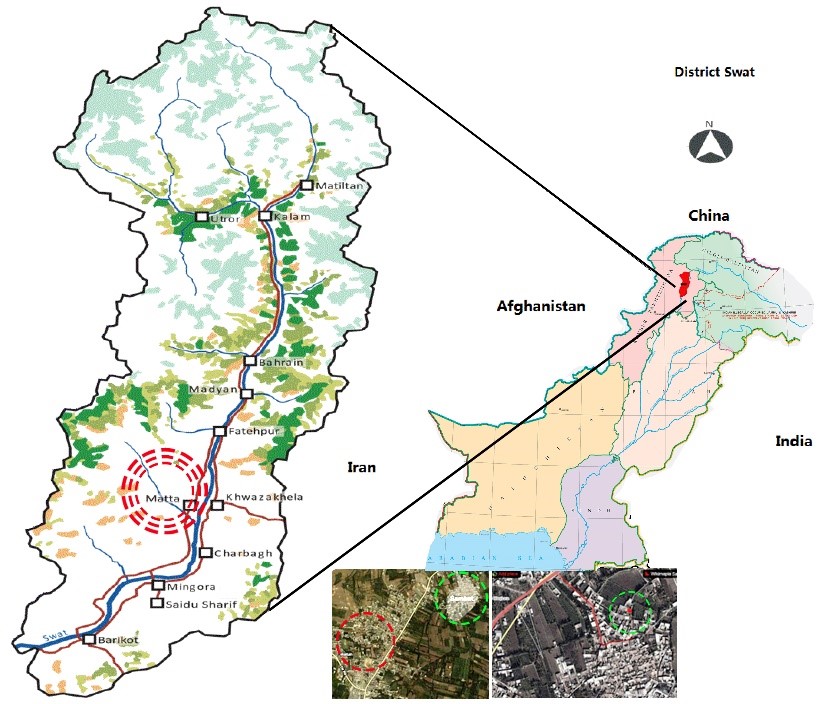Computational Analysis of Model Houses of Da Kali KOR in Matta Swat
DOI:
https://doi.org/10.33411/ijist/20246314691487Abstract
Natural disasters such as floods and earthquakes, exacerbated by global warming and environmental degradation, pose significant challenges for modern architecture. This study critically evaluates a rural residential house in Sambat, Matta Swat, known locally as "da Kali KOR," focusing on its sustainability, climate responsiveness, contextual relevance, and use of indigenous materials and methods. It stands out for its in-depth analysis of a rural dwelling's sustainability impact, a topic often overlooked in architectural research. Through detailed site surveys, climate analysis, and assessments of materials and structures, the study identifies issues like poor drainage control, inefficient orientation, wasteful space utilization, and user discomfort, which threaten environmental integrity and human well-being. By exploring the root causes of these problems, it proposes sustainable solutions for long-term improvement. By shedding light on these issues, the research contributes valuable insights to the discourse on sustainability in architecture and urban planning, offering guidance on enhancing rural residential design for better environmental and human outcomes.
References
Natural disasters such as floods and earthquakes, exacerbated by global warming and environmental degradation, pose significant challenges for modern architecture. This study critically evaluates a rural residential house in Sambat, Matta Swat, known locally as "da Kali KOR," focusing on its sustainability, climate responsiveness, contextual relevance, and use of indigenous materials and methods. It stands out for its in-depth analysis of a rural dwelling's sustainability impact, a topic often overlooked in architectural research. Through detailed site surveys, climate analysis, and assessments of materials and structures, the study identifies issues like poor drainage control, inefficient orientation, wasteful space utilization, and user discomfort, which threaten environmental integrity and human well-being. By exploring the root causes of these problems, it proposes sustainable solutions for long-term improvement. By shedding light on these issues, the research contributes valuable insights to the discourse on sustainability in architecture and urban planning, offering guidance on enhancing rural residential design for better environmental and human outcomes.

Downloads
Published
How to Cite
Issue
Section
License
Copyright (c) 2024 50SEA

This work is licensed under a Creative Commons Attribution 4.0 International License.




















